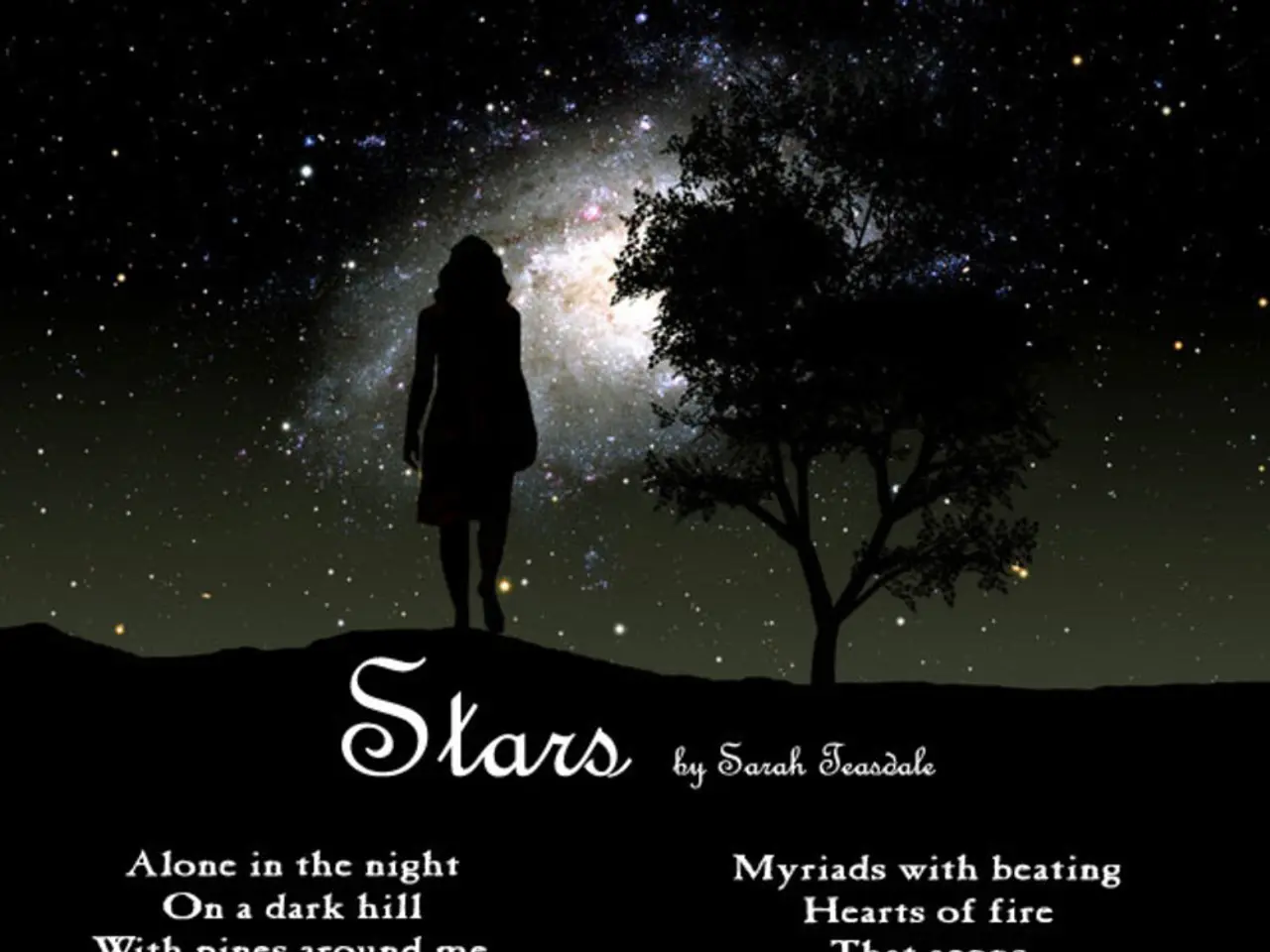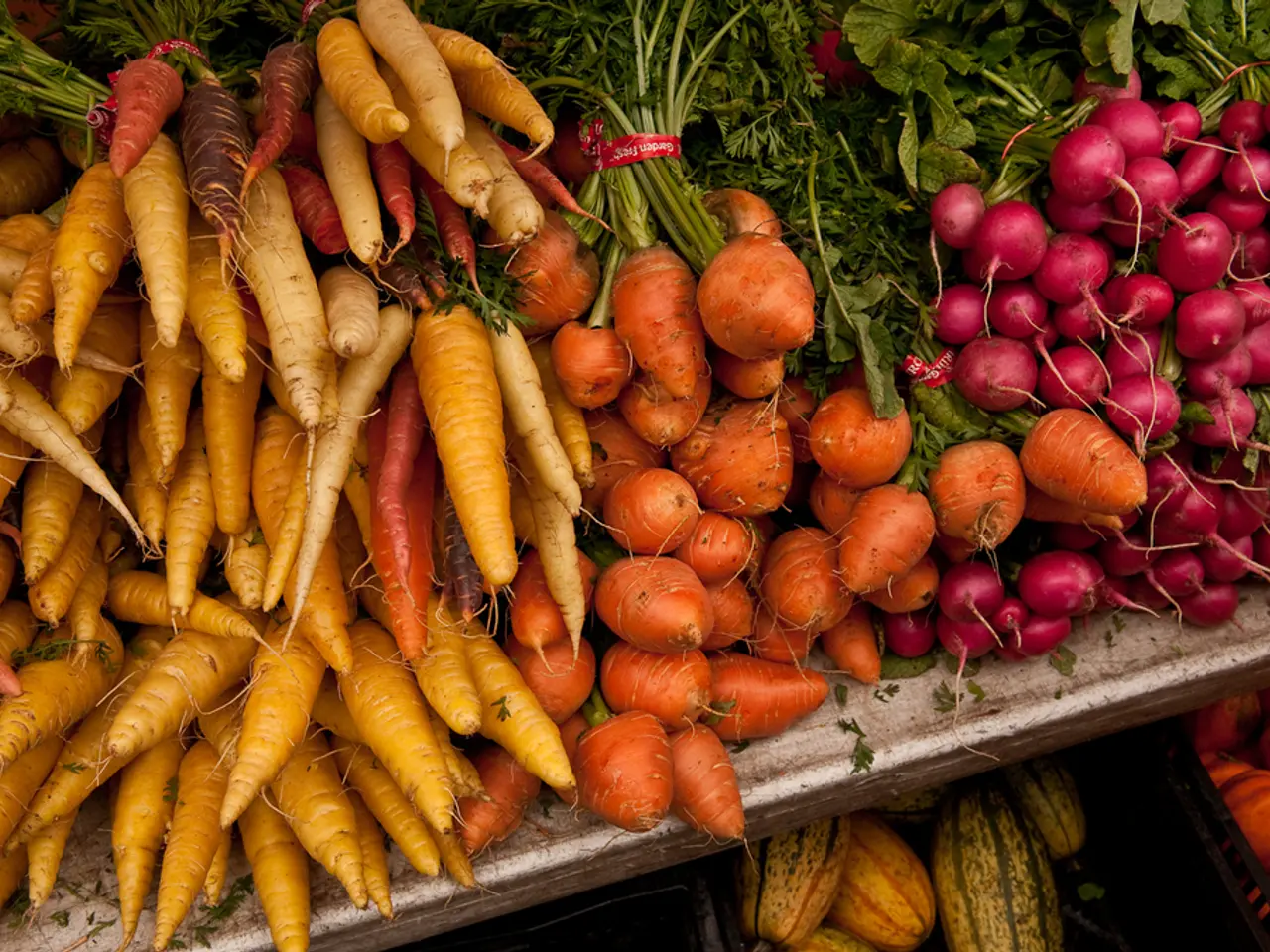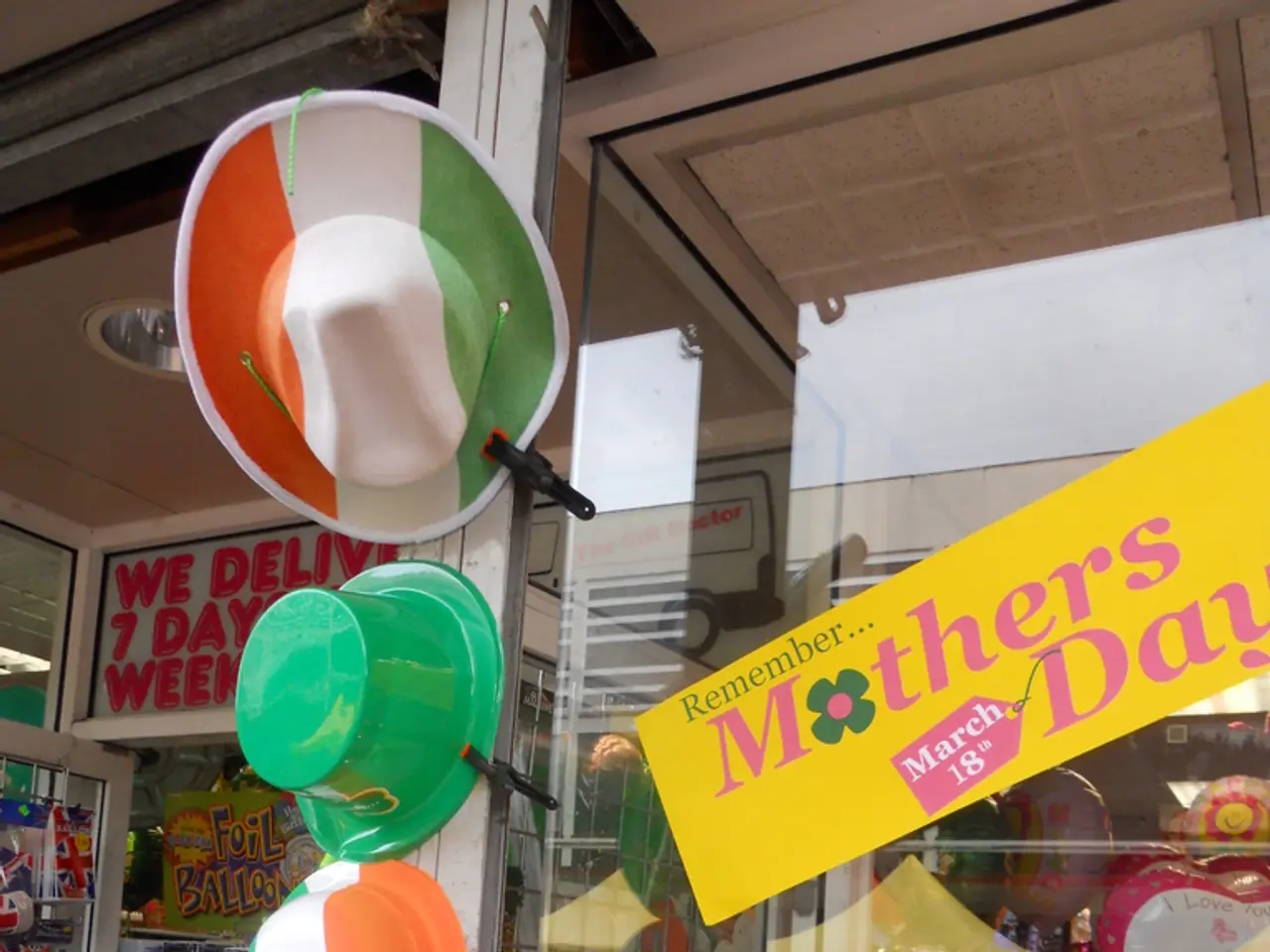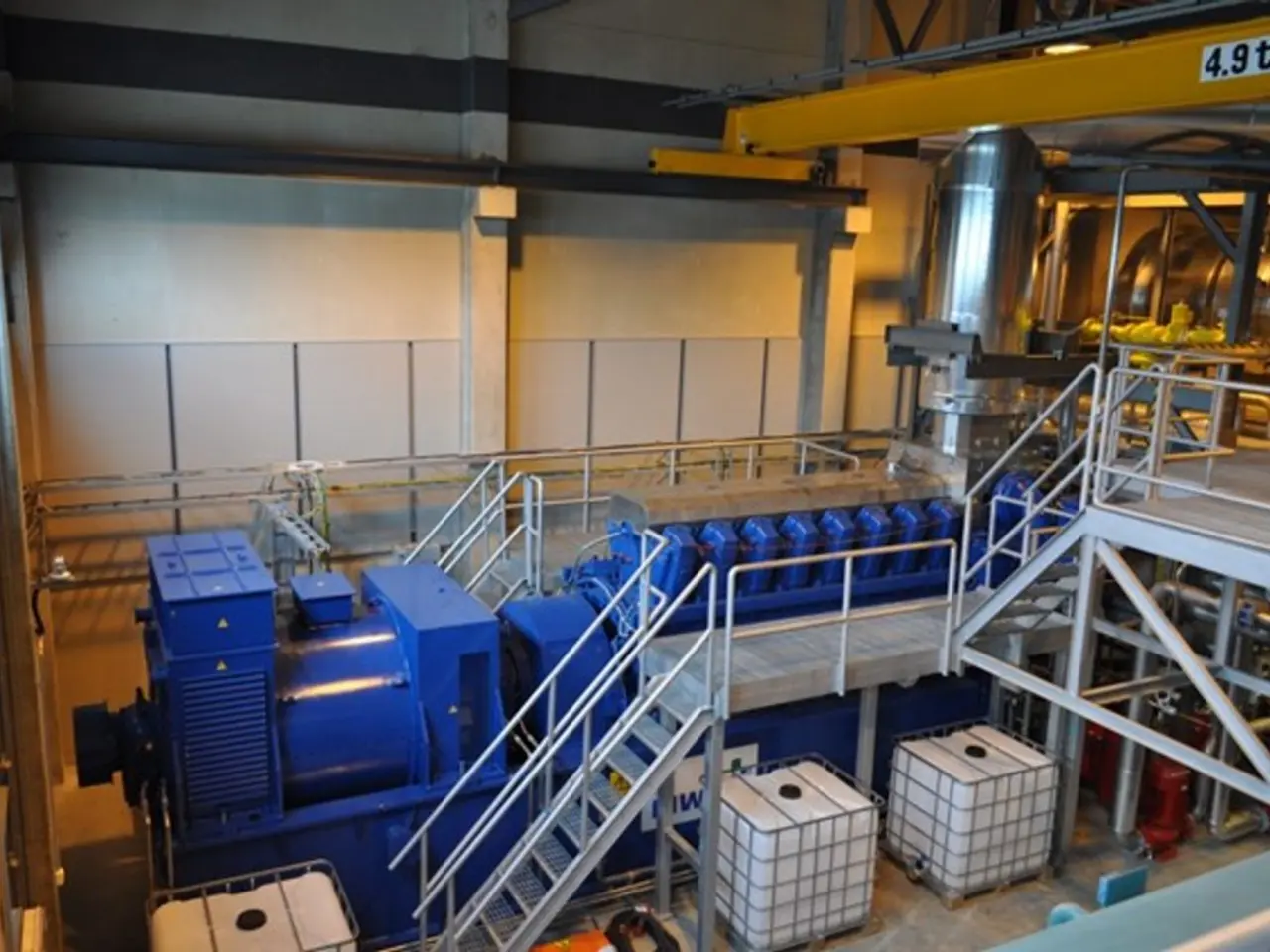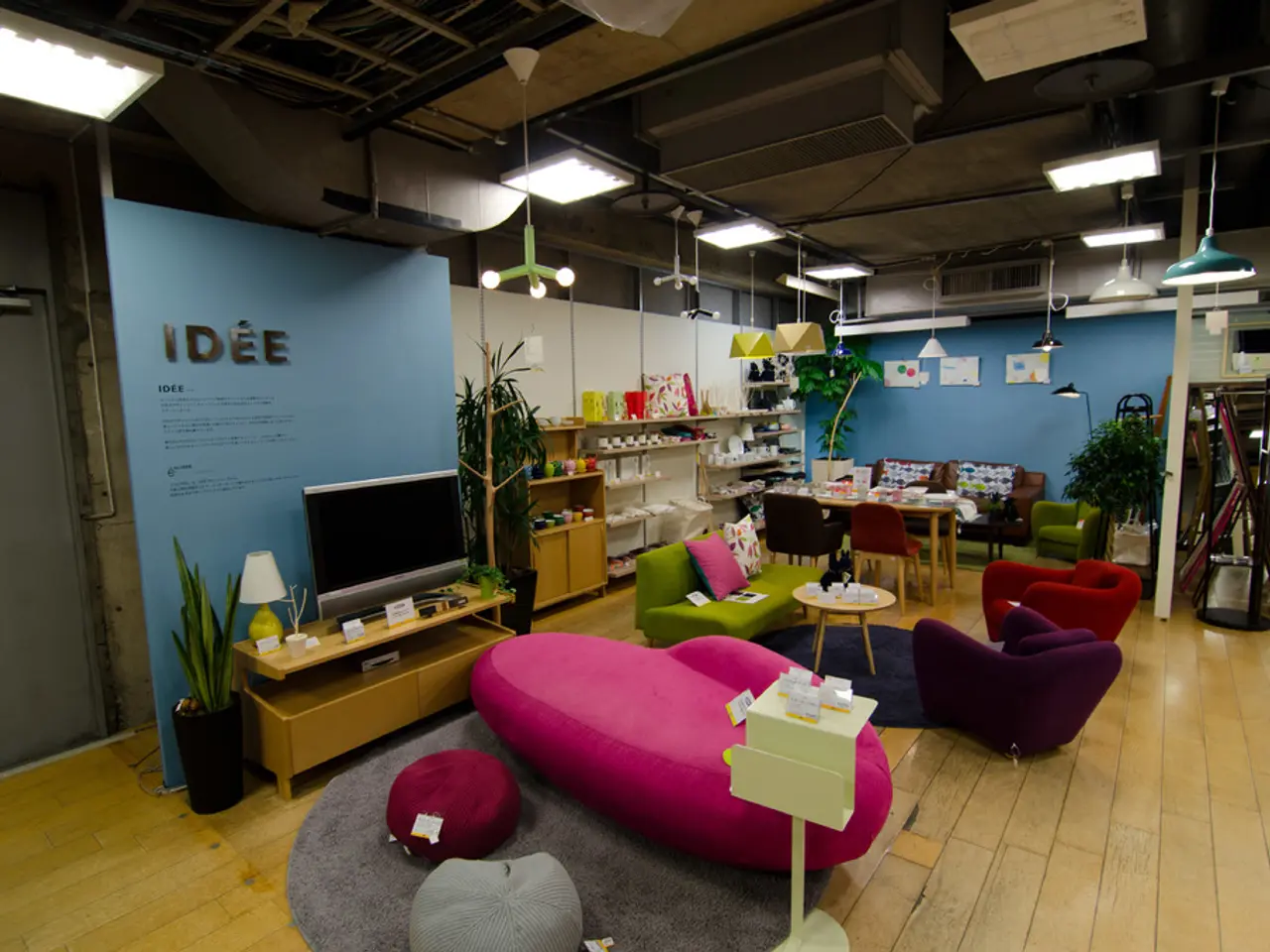A Journey Through the Ages: The Evolution of Poetry and Its Use of Imagery
Examining the Mechanics of Poetic Composition
Poetry, an art form that has captivated audiences for millennia, has undergone a transformative journey, evolving in styles, forms, and imagery. From the ancient civilizations to the modern era, poetry has served as a mirror reflecting the cultural, social, and personal contexts of different eras.
Ancient Period: Epic and Lyric Poetry
The roots of poetry can be traced back to the ancient civilizations, where epic poetry was used to narrate heroic tales, and lyric poetry to express personal emotions. Homer's "Iliad" and "Odyssey", iconic examples of epic poetry, employed vivid imagery to depict battles and mythological events. Sappho, a renowned lyric poet, used natural imagery to convey feelings and emotions in her verses.
Medieval Period: Troubadours and Minstrels
During the Middle Ages, troubadours and minstrels emerged as popular storytellers, using poetry for social commentary. Ballads, laments, and epic songs were common forms, often incorporating rich imagery to engage audiences. Common themes included love, chivalry, and nature, with imagery used to illustrate these themes in a way that resonated with listeners.
Renaissance and Romanticism
The Renaissance marked a resurgence in classical forms, with secular poetry flourishing. Imagery became more sophisticated, often drawing from nature and classical mythology. The Romantic period, on the other hand, departed from the methods of poets during the Enlightenment, focusing on individuality, nature, and creativity over logic. Poets like Wordsworth and Coleridge emphasized emotion and nature, using imagery to evoke feelings of wonder and awe.
Modernism and Free Verse
Modernism, characterized by experimentation with form and language, saw a departure from traditional structures. Imagery was used more abstractly, reflecting the complexity of modern life. Free verse, which allowed poets to express themselves without adhering to specific forms, further revolutionized poetry, with imagery becoming even more fluid, allowing poets to explore new ways of expressing emotions and ideas.
Use of Imagery Across Literary Periods
Throughout these periods, imagery has been a core element, allowing poets to convey emotions, ideas, and experiences in ways that resonate with audiences. The table below illustrates the dominant forms and use of imagery in different eras:
| Era | Dominant Forms | Use of Imagery | |---------------------|------------------------------------|----------------------------------------------------| | Ancient | Epic, Lyric | Vivid battle scenes, natural imagery | | Medieval | Ballads, Laments, Epic Songs | Chivalric themes, nature, love stories | | Renaissance | Secular Poetry, Classical Revival | Nature, classical mythology | | Romantic | Emphasis on Emotion and Nature | Evoking wonder, awe, and emotional depth | | Modern and Free Verse | Experimental Forms, Abstract Expression | Exploring complexities of modern life, emotions, and abstract ideas |
From the epic poetry of Homer to the free verse of modern poets, imagery has been a powerful tool, evolving to reflect the cultural, social, and personal contexts of different eras.
In the realm of art and literature, poetry has not only depicted the events of various eras but also mirrored the lifestyles and preferences of its time. For instance, home-and-garden themes can be found in the medieval ballads and laments, where natural imagery was often used to resonate with audiences and illustrate themes like love and chivalry (Example: a knight galloping through a lush, flourishing garden symbolizing the embodiment of chivalry).
Furthermore, in the modernist and free verse era, poets started to incorporate home-and-garden imagery in a more abstract manner, reflecting the evolving lifestyles and the complexities of modern society (Example: a home turning into a labyrinth or a garden becoming a metaphorical representation of personal emotions).
